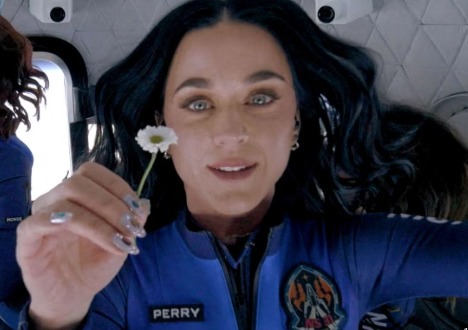When OpenAI’s ChatGPT was released on November 20, 2022, the internet landscape changed forever. Now, as technology has improved, AI is increasingly utilized for short-form video content and social media posts. A popular example is the new internet trend, ‘Italian Brainrot’—AI-generated images of animals blended with objects or food, each given an Italian name. The trend captures millions of views across platforms like Instagram and TikTok, with everyday consumers pitching in to add to the characters’ storylines. They are complete with satirical comments like, “Nah, this gotta be AI,” or “IS THIS REAL???” At a glance, it looks like absurdist fun. However, the popularity highlights a growing cultural shift in how audiences perceive content: we’re becoming more comfortable with artificial intelligence creating things online.
But is more AI on social media what we need? A study done by Enterprise Apps Today reports an estimated 25-30% of all social media was AI-generated in 2024, a number that has continued to grow. While some of that is intentionally funny or satirical (like the Italian Brainrot trend), some posts are intended to mislead, especially older generations.
LinkedIn conducted a study on July 16, 2024, that says only 16% of baby boomers feel confident in identifying AI-generated content. This is concerning because, unlike younger generations who consume short-form video content, older generations are more prominent on apps like Facebook with long-form posts. A study done by Originality.ai found that 41.18% of said posts are likely AI, many accompanied by bot comments with religious blessings or uncommon emoji combinations. Coupled with their low confidence in spotting fake posts and the frequency of encountering AI images or videos, older generations are likely to fall for posts that younger generations could recognize as fake.
Still, AI will not leave social media anytime soon. According to Enterprise Apps Today, over 60% of social media users reported knowingly interacting with AI on social media in 2023, indicating a growing acceptance. The more we engage with it, the more common it will become. It’s fun to laugh at videos of a shark in blue sneakers or a ballerina with a teacup head, but what happens when we stop using AI satirically? When will silly trends poking fun at AI evolve into using it as a genuine form of entertainment?
The shift is already beginning with tools like Lately. Forbes describes Lately as “AI-powered content generation which learns from your past social media posts and generates the most effective content.” Lately’s website claims it will “Save you so much time you might actually get bored.”
Real creation takes time, whether writing, painting, or filming TikTok videos. That’s what makes art mean something. Videos made by AI often lack the authenticity and value that make content creators so popular in the first place and take power away from real creators.
On the contrary, AI content does have its upsides. It can be a tool for creativity instead of a replacement for human artistry, improving upon existing content. It’s fast, cost-efficient, and enables more people to create what they want, even if it’s a picture of an elephant-cactus hybrid wearing sandals with an Italian-inspired name.
As we continue to embrace AI, we should keep in mind the repercussions, whether that’s fooling senior citizens or replacing human expression. It’s one thing to laugh at a crocodile mixed with an airplane, but it’s another to let artificial intelligence slowly invade our creative spaces. We should be mindful of what we interact with online. If we don’t, we won’t just be laughing at AI-made jokes—we’ll be living in one.








